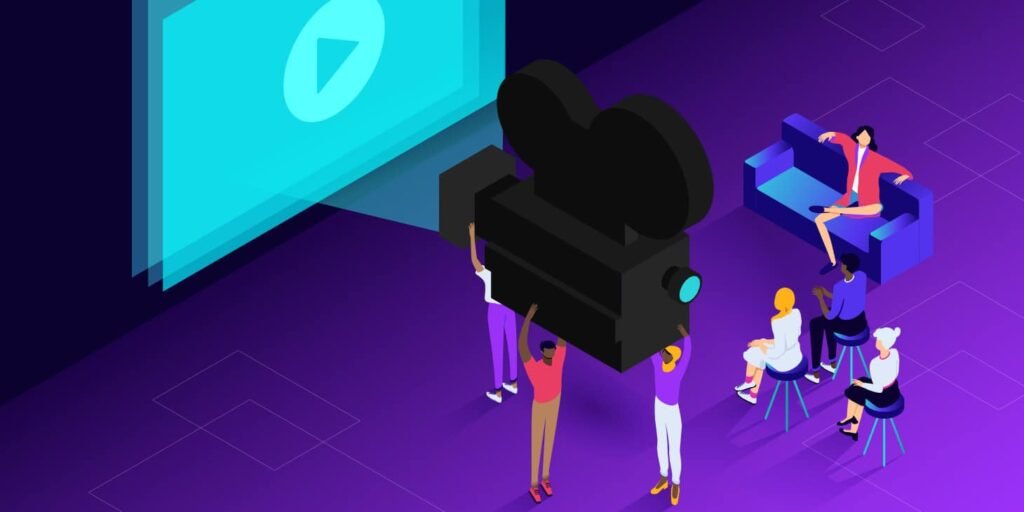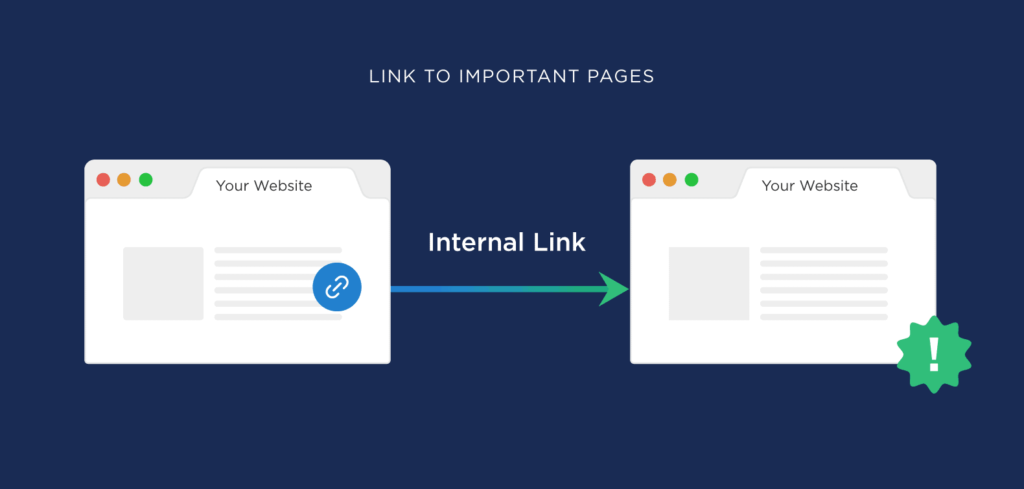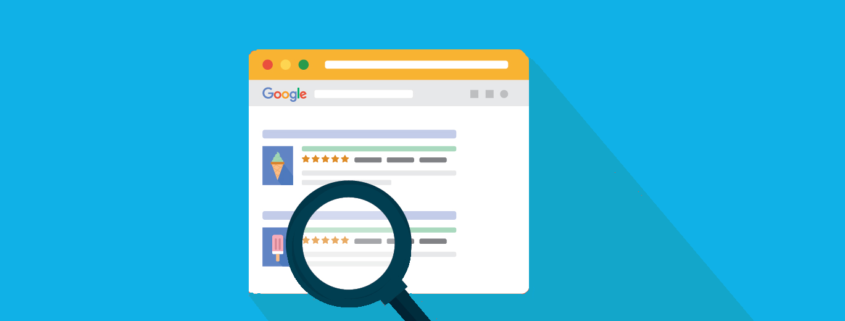Address
Suncity P&T Colony, Rajendra Nagar, Hyderabad.
Work Hours
Monday to Friday: 9 Am - 4 Pm EST
Saturday: 10 Am - 2 Pm EST
Address
Suncity P&T Colony, Rajendra Nagar, Hyderabad.
Work Hours
Monday to Friday: 9 Am - 4 Pm EST
Saturday: 10 Am - 2 Pm EST

On-Page SEO refers to the optimization techniques that are applied directly to the website itself in order to improve its ranking in search engine results pages (SERPs). These techniques include optimizing the website’s content, meta tags, images, and URLs, among other elements. The goal of On-Page SEO is to make the website more search engine-friendly and user-friendly, which in turn can increase the website’s visibility and drive more traffic to it.
On-Page SEO is crucial for any website that wants to improve its visibility in search engine results pages (SERPs). When search engines crawl a website, they use On-Page SEO factors to determine the relevance and authority of the website. A well-optimized website will have a better chance of ranking higher in search engine results, which can result in more visibility, more traffic, and ultimately more revenue. Additionally, On-Page SEO can improve the user experience by making it easier for users to find the information they need on the website.

On-Page SEO and Off-Page SEO are two distinct, but closely related optimization techniques. On-Page SEO refers to the optimization techniques that are applied directly to the website itself in order to improve its ranking in search engine results pages (SERPs). On the other hand, Off-Page SEO refers to optimization techniques that take place outside of the website, such as link building. Both On-Page and Off-Page SEO are important for improving a website’s search engine ranking, but they have different focuses. On-Page SEO focuses on the website itself, while Off-Page SEO focuses on external factors that can affect the website’s ranking.
Keyword research is the process of identifying the words and phrases that users are searching for in order to find information related to your business or industry. There are various tools and techniques that can be used to conduct keyword research, such as Google Keyword Planner, SEMrush, Ahrefs, and more. These tools can provide information about the search volume, competition level, and other important metrics for different keywords.

For example, let’s say you own an online store that sells organic skincare products. Some potential keywords that you might want to target could be “organic skincare,” “natural skincare,” “organic skincare products,” “organic skincare for sensitive skin,” etc. These keywords are relevant to your business, have a high search volume, and have a low competition level.
When conducting keyword research, it’s important to keep in mind that you want to find keywords that are relevant to your business or industry, have a high search volume, and have a low competition level. Once you have a list of potential keywords, you can then analyze them further to determine which keywords will be the most beneficial for your website.
Once you have identified the keywords that you want to target, you can then optimize your website for those keywords. Some best practices for keyword optimization include:
For example, let’s say you have a webpage on your website that is about “organic skincare products.” The title tag of the page should be “Organic Skincare Products – Natural and Safe for Sensitive Skin” The meta description should be “Discover the best organic skincare products for sensitive skin. All our products are natural, safe, and effective.” And the H1 tag should be “Organic Skincare Products”

The title tag, meta description, and header tags are all important elements of On-Page SEO as they provide search engines with information about the content of a page. The title tag is the text that appears in the browser’s tab and is also used as the link text in the search engine results. The meta description is the text that appears below the title in the search engine results. The header tags (H1, H2, H3, etc.) are used to structure the content of a page and indicate the hierarchy of the information.
When using keywords in these elements, it’s important to make sure that the text is concise, relevant, and compelling. Additionally, the main keyword should be included in the title tag, meta description, and H1 tag.
The title tag is the most important On-Page SEO element for a webpage. It is the first thing that search engines see when they crawl a webpage, and it is also the text that appears in the browser’s tab. The title tag should be no more than 60 characters in length, and it should include the main keyword for the webpage. The title tag should be unique for each page, and it should accurately describe the content of the page.
Example: “Organic Skincare Products – Natural and Safe for Sensitive Skin”
The meta description is the text that appears below the title in the search engine results. The meta description should be no more than 150-160 characters in length, and it should include the main keyword for the webpage. The meta description should be unique for each page, and it should accurately describe the content of the page.
Example: “Discover the best organic skincare products for sensitive skin. All our products are natural, safe, and effective.”
Header tags are used to structure the content of a page and indicate the hierarchy of the information. The H1 tag is the most important header tag, and it should be used to indicate the main topic of the page. The main keyword for the page should be included in the H1 tag, and it should be used only once per page. The H2 and H3 tags can be used to indicate subtopics within the page, and they should also include relevant keywords.
Example: “Organic Skincare Products”
It’s important to note that overstuffing of keywords in these elements is not recommended as it could result in a lower ranking on SERP. Make sure that the text is natural and makes sense for the users as well.

High-quality content is an essential aspect of On-Page SEO. It not only helps search engines understand the relevance of a webpage, but it also provides value to users who are searching for information. High-quality content is informative, well-written, and easy to understand. It should also be relevant and engaging to the target audience.
Search engines are designed to rank websites that provide the best user experience. High-quality content is a key factor in determining user experience. If a website’s content is informative, relevant, and easy to understand, it is more likely to rank higher in search engine results pages.
Optimizing content for both search engines and users is a balance between using keywords effectively and creating content that is relevant, engaging, and valuable to the target audience.

Images and videos can be a great way to enhance the user experience and make the content more engaging.
Example: A webpage about “organic skincare routine” can have an image of a person doing their skincare routine with the file name “organic-skincare-routine.jpg” and the alt tag “woman doing her organic skincare routine” .
By following these best practices, you can ensure that your images and videos are properly optimized for both search engines and users.
The URL structure of a website is an important aspect of On-Page SEO. It helps search engines understand the relevance of a webpage and it can also affect the user experience. URLs should be short, descriptive, and easy to read. They should also include keywords that are relevant to the content of the webpage. Additionally, it is important to have a consistent URL structure across the website, using hyphens or slashes to separate words instead of underscores or other characters.
Example: A webpage about “organic skincare products” should have a URL such as “example.com/organic-skincare-products” rather than “example.com/p=123”
Internal linking is the process of linking one webpage to another within the same website. Internal linking helps search engines understand the structure and organization of a website, and it can also improve the user experience by making it easier for users to navigate the website.

Example: On a webpage about “organic skincare products” you can link to “organic skincare tips” page with the anchor text “For more information on how to use our organic skincare products, check out our tips page.”
Website navigation is an important aspect of On-Page SEO and It is the backbone of a website and it plays a crucial role in both user experience and search engine optimization. Navigation is the primary way users interact with a website and a clear and intuitive navigation structure makes it easy for users to find the information they are looking for, which improves their overall experience on the website.
Furthermore, Navigation is also important for search engine optimization as it helps search engines understand the structure and organization of a website. By creating a clear and consistent navigation structure, search engines can easily crawl and index the pages of a website, which improves the website’s visibility in search engine results pages. Additionally, Navigation is also important for accessibility, as it helps users with disabilities navigate a website by providing clear, consistent and easy to understand navigation options.
Example: An e-commerce website can have a main menu of categories such as “Men”, “Women”, “Kids”, “Accessories”, etc. and within each category, there can be subcategories like “Clothing”, “Shoes”, “Bags”, etc.
Questions to consider
By following these best practices and considering these questions, you can improve the navigation of your website and make it easier for both users and search engines to understand and navigate.

Meta tags are HTML tags that provide metadata about a webpage. They are used by search engines to understand the content of a webpage, and they can also be used by browsers and other software to display information about the webpage. Some of the most important meta tags include the title tag, meta description, and meta keywords.
Example: A webpage about “organic skincare products” can have a title tag “Organic Skincare Products – Natural and Safe for Sensitive Skin” and a meta description “Discover the best organic skincare products for sensitive skin. All our products are natural, safe, and effective.”
Schema markup is a type of structured data that can be added to a webpage to provide search engines with additional information about the content of the webpage. Some steps to implement schema markup include:
Questions to consider:
By following these best practices and considering these questions, you can ensure that your meta tags and schema markup are properly implemented and providing search engines with the information they need to understand the content of your webpage.
Tracking and measuring the success of your On-Page SEO efforts is essential for understanding the impact of your efforts and for making data-driven decisions about future optimization strategies. Some ways to track and measure the success of your On-Page SEO efforts include:
Some best practices for using analytics and reporting tools include:


These are some of the most popular tools available, but there are many other options available as well depending on your specific needs and the size of your organization. It’s important to evaluate the features and pricing of different tools to find the one that best suits your needs.
Questions to consider:
By following these best practices and considering these questions, you can effectively track and measure the success of your On-Page SEO efforts and make data-driven decisions about future optimization strategies.
In conclusion, On-Page SEO is a critical aspect of search engine optimization that involves optimizing the content and structure of a website to improve its visibility in search engine results pages. By implementing best practices for keyword research, content optimization, meta tags, and navigation, you can improve the relevance and authority of your website. Additionally, by tracking and measuring the success of your efforts, you can make data-driven decisions about future optimization strategies.
It’s important to note that On-Page SEO is an ongoing process and it’s important to continually monitor and optimize your website to stay ahead of the competition. By following the best practices outlined in this article, you can improve the visibility and performance of your website and attract more organic traffic.
In summary, On-Page SEO is a complex process that involves many different elements, but by following the best practices and using the right tools, you can improve the visibility and performance of your website. To conclude, it’s important to remember that success in On-Page SEO requires continuous monitoring and optimization to stay ahead of the competition.
Don’t wait, take the first step towards improving your website’s visibility and performance. Get a Free On-Page SEO Audit today and discover areas of improvement for your website. Our team of experts will analyze your website and provide you with a detailed report, including recommendations for optimization. Click now and claim your free audit today!
Comments are closed.
[…] into your content, including headings, subheadings, meta descriptions, and image alt tags. Optimize your content structure and formatting to enhance readability and provide a positive user […]
[…] On-page optimization: This involves optimizing the content and structure of a website’s pages for search engines, such as optimizing title tags, meta descriptions, headings, and content. […]